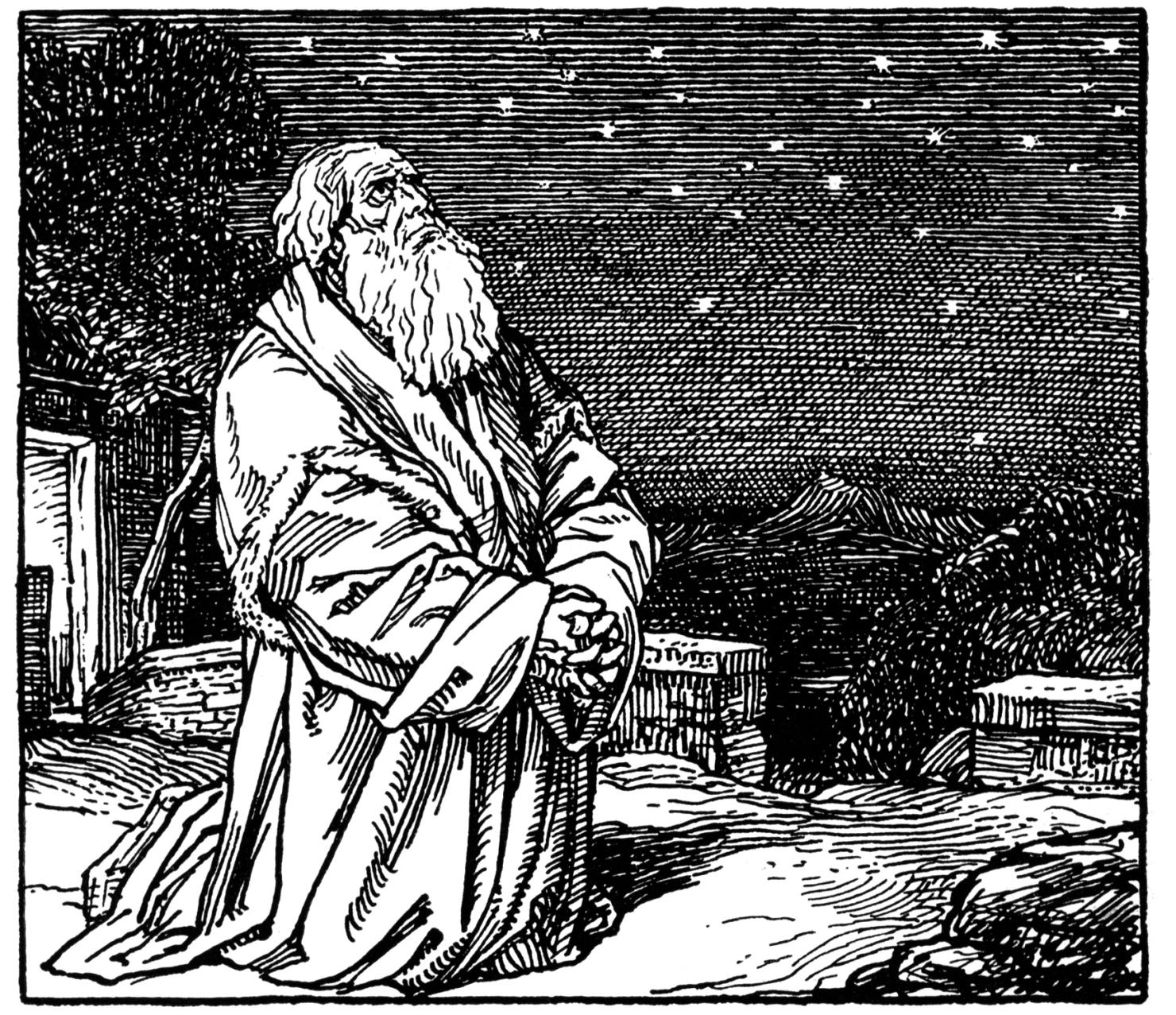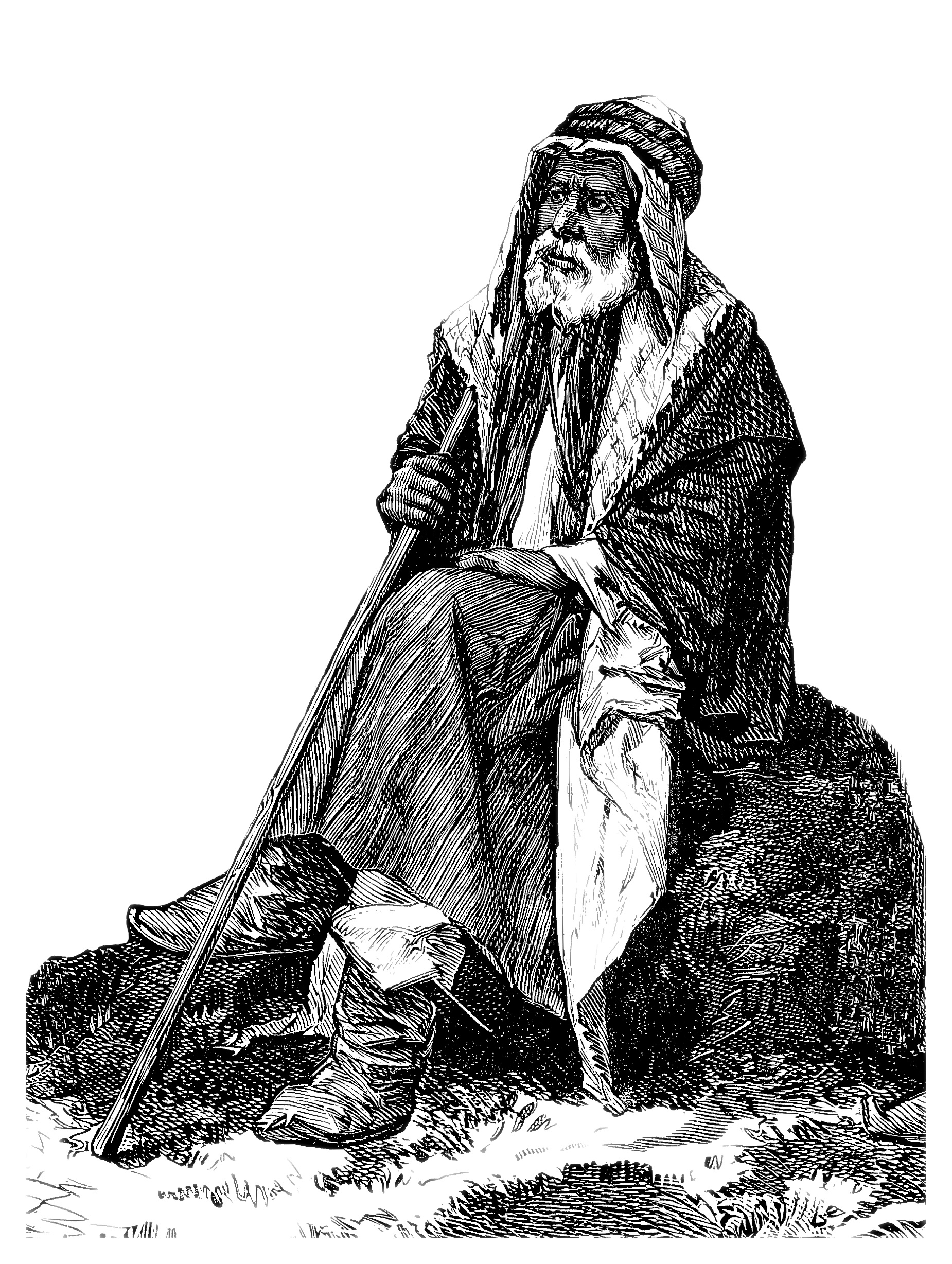Tag Archives: Mosaic Covenant
The Abrahamic Covenant Vs. the Mosaic Covenant: Once we are saved, how are we to walk?

Romans 5:9, Being justified by his blood. Through Yeshua the Seed of Abraham through whom all nations would be blessed, believers are saved from their sins and blessed. Through Yeshua, the imputation of righteousness by faith and the justification (or right standing before Elohim) that it brings—a spiritual principle revealed in the life Abraham—is combined with the concept of being justified by his blood that is revealed in the Levitical sacrificial system.
Prophetic inferences to the sinner being atoned by the blood of an innocent and blemish-free lamb are to be found in Genesis 3:21 where YHVH covered the fallen Adam and Eve in garments of animal skins (very possibly, the skins of a lamb or some other kosher animal), and at the akeidah (the binding of Isaac) event on Mount Moriah in the substitutionary sacrifice of the lamb. This concept is further developed with YHVH’s command to the Israelites in Egypt to smear lamb’s blood on their door posts to protect them from the judgment of the death angel, and is more fully developed in the subsequent elaborate Levitical sacrificial system.
Broadly speaking, the Abrahamic Covenant and events in the life of Abraham surrounding its implementation reveal to man how to receive right-standing before Elohim, while the Mosaic Covenant and events surrounding its implementation reveal in more detail just how a man’s sins are atoned for, and then howman is to walk in righteousness once he attains right-standing with Elohim. This idea might be also stated in this way: Abraham’s being justified by his faith was a precondition to YHVH’s formulating the Abrahamic Covenant with him; Israel’s coming under the blood of the lamb, leaving Egypt and being “baptized” in the Red Sea were preconditions for YHVH formulating the Mosaic or Sinaitic Covenant with them. For the Renewed Covenant believer, Paul shows us that we must have faith in the Word (Logos) and promises of Elohim as Abraham did, and then come under the blood of the lamb, leave Egypt, be baptized and then follow Torah as the Children of Israel did to obtain and to maintain right-standing with Elohim, to be saved from the wrath to come and to have an eternal inheritance in YHVH’s kingdom.
It might be said, in a certain sense, that aspects of both the Abrahamic and Mosaic or Sinaitic covenants synergize together to construct the whole redemption or salvation “package.” In Romans, Paul weaves elements of both covenants together to form a systematic theology or a complete “package” showing the Renewed or New Covenant believer how to “get saved” and once “saved” how to stay “saved.”
The Abrahamic Covenant—Foundation of the New Covenant
Why should a New Covenant saint care about the Abrahamic Covenant much less study it? What is the relevance of it? According to Paul, the Abrahamic Covenant forms the foundation for the New Covenant. (See his discussion of it in Romans 4.) Moreover, the apostle of Yeshua elsewhere declares that when one comes to Yeshua in faith, he becomes a part of the covenants (plural) of Israel and a member of the nation of Israel (Eph 2:12), becomes a literal child of Abraham (Gal 3:29), and becomes, by definition, the Israel of Elohim (Gal 6:16; Rom 4:16). He is no longer a Gentile without Elohim and without hope (Eph 2:11). He is now grafted into the olive tree of Israel whose roots go back to Abraham (Rom 11:17–24).
Again, notice Eph 2:12 where Paul mentions covenants (plural). The New Covenant is only one covenant. Which other covenants does Paul have in view here that are relevant to the saint? It should hopefully now be obvious that he is referring to the Abrahamic Covenant. This is why we need to study it.
The Abrahamic and Mosaic Covenants Are Subsections of the Torah Covenant (or the Old Covenant)
The Torah, the first five books of the Bible, is the chronicle of YHVH giving man instructions to follow, and of his entering into covenantal relationships with men and men either keeping those agreements or breaking them.
The word Torah means “instructions, teaching or precepts; specifically in biblical context: the teachings or instructions of YHVH to lead men into a righteous relationship with him through covenantal agreement.” The Torah is a giant b’rit or covenant. The Torah in a number of places even refers to itself by the Hebrew word b’rit or covenant. We see this in the following passages:
Exodus 34:27, And YHVH said unto Moses, Write you these words: for after the tenor of these words I have made a covenant with thee and with Israel.
Deuteronomy 29:1, These are the words of the covenant, which YHVH commanded Moses to make with the children of Israel in the land of Moab, beside the covenant which he made with them in Horeb.
The Torah is not unlike an instruction manual that one might receive from the manufacturer of an automobile, computer or some such device to help the buyer to operate his new purchase in a manner that allows him to receive years of trouble-free service. The Torah is YHVH’s instruction manual to help man to live in a way that brings life and blessing; it helps man to enter into a loving relationship with his Creator and to have a trouble-free relationship with his fellow man.
Within the first five books of the Torah-covenant are several smaller covenantal subdivisions such as the Abrahamic and the Sinaitic or Mosaic Covenants. The Theological Wordbook of the Old Testament (TWOT) describes this as follows, “Deuteronomy 29:13–14 shows the Sinaitic Covenant was an extension of the Abrahamic Covenant…. The Sinai renewal merely stressed man’s responsibility where the Abrahamic Covenant emphasized Elohim’s promise… The Priestly Covenant of Num 25:12–13, the Davidic Covenant of 2 Sam 7 and the New Covenant of Jer 31:31 are all administrative aspects of the same covenant, Elohim’s Covenant of grace. This covenant reaches its climax at the Incarnation where [Messiah] representing his people fulfilled all the stipulations of the covenant and bore the curse they deserved for breaking it” (p. 129).
The Torah is a covenant with various “administrative aspects” or subdivisions. Each succeeding covenant builds upon the previous covenant without cancelling out the requirements or provisions of the previous covenant. Such is consistent with the character Continue reading
The Abrahamic Covenant—Foundation of the New Covenant
The Abrahamic and Mosaic Covenants Are Subsections of the Torah Covenant (or the Old Covenant)
The Torah, the first five books of the Bible, is the chronicle of YHVH giving man instructions to follow, and of his entering into covenantal relationships with men and men either keeping those agreements or breaking them.
The word Torah means “instructions, teaching or precepts; specifically in biblical context: the teachings or instructions of YHVH to lead men into a righteous relationship with him through covenantal agreement.” The Torah is a giant b’rit or covenant. The Torah in a number of places even refers to itself by the Hebrew word b’rit or covenant. We see this in the following passages:
Exodus 34:27, And YHVH said unto Moses, Write you these words: for after the tenor of these words I have made a covenant with thee and with Israel.
Deuteronomy 29:1, These are the words of the covenant, which YHVH commanded Moses to make with the children of Israel in the land of Moab, beside the covenant which he made with them in Horeb.
The Torah is not unlike an instruction manual that one might receive from the manufacturer of an automobile, computer or some such device to help the buyer to operate his new purchase in a manner that allows him to receive years of trouble-free service. The Torah is YHVH’s instruction manual to help man to live in a way that brings life and blessing; it helps man to enter into a loving relationship with his Creator and to have a trouble-free relationship with his fellow man.
Within the first five books of the Torah-covenant are several smaller covenantal subdivisions such as the Abrahamic and the Sinaitic or Mosaic Covenants. The Theological Wordbook of the Old Testament (TWOT) describes this as follows, “Deuteronomy 29:13–14 shows the Sinaitic Covenant was an extension of the Abrahamic Covenant…. The Sinai renewal merely stressed man’s responsibility where the Abrahamic Covenant emphasized Elohim’s promise… The Priestly Covenant of Num 25:12–13, the Davidic Covenant of 2 Sam 7 and the New Covenant of Jer 31:31 are all administrative aspects of the same covenant, Elohim’s Covenant of grace. This covenant reaches its Continue reading
Which biblical covenant(s) apply to you?
Ephesians 2:12, Covenants. The Apostle Paul makes a very interesting and often overlooked statement in Ephesians 2:12. For context we will quote the surrounding verses:
Wherefore remember, that you being in time past Gentiles in the flesh, who are called Uncircumcision by that which is called the Circumcision in the flesh made by hands; that at that time ye were without Messiah, being aliens from the commonwealth [citizenship] of Israel, and strangers from the covenants of promise, having no hope, and without Elohim in the world: but now in Messiah Yeshua ye who sometimes were far off are made nigh by the blood of Messiah. (emphasis added)
Paul, talking to the redeemed believers in Ephesus, states that they had been (past tense) Gentiles (comprised of various ethnic or people groups) without Elohim and without hope, but now, through the work of Yeshua at the cross, provision had been made for these alienated people-groups to become citizens of the nation of Israel. Elsewhere Paul refers to these (former) Gentiles as now being Israelites and defines them as heirs to the Continue reading
The Old and New Covenants and the Law of Cause and Effect
Deuteronomy 7:12, Because you listen. This verse shows the conditional nature of the Mosaic Covenant. Blessings are conditional upon obedience to YHVH’s Torah instructions in righteousness. It was a person’s choice to obey or not. Either way, the law of cause and effect would come into play. Blessings for obedience and curses for disobedience.
The same is true with the New Covenant. If we place our faith in Yeshua the Messiah,who is the Living Torah, and love him by keeping his commandments (John 14:15), we will not only be blessed physically blessed here and now, but we will be blessed with eternal life. Those who refuse to place their faith in Yeshua and obey his commandments will receive the fruit of their disobedience now, and will also perish in the lake of fire.
The law of cause and effect still applies to both the Mosaic Covenant and the New Covenant, and humans will reap the consequence of their actions based on the choices they make whether good or bad. It’s that simple.
The Torah Foundation of the New Covenant
Understanding the Abrahamic Covenant
In Ephesians 2:12, Paul uses the phrase “covenants of promise” (plural) and relates this to the believer in Yeshua. Obviously, Paul had more than just the new covenant (singular) in his mind. In this video, we discuss how the Abrahamc and Mosiac Covenants form the foundation for the New Covenant, which is an expanded and more glorious version of the former covenants, and how the Torah relates to them all and to YOU.




